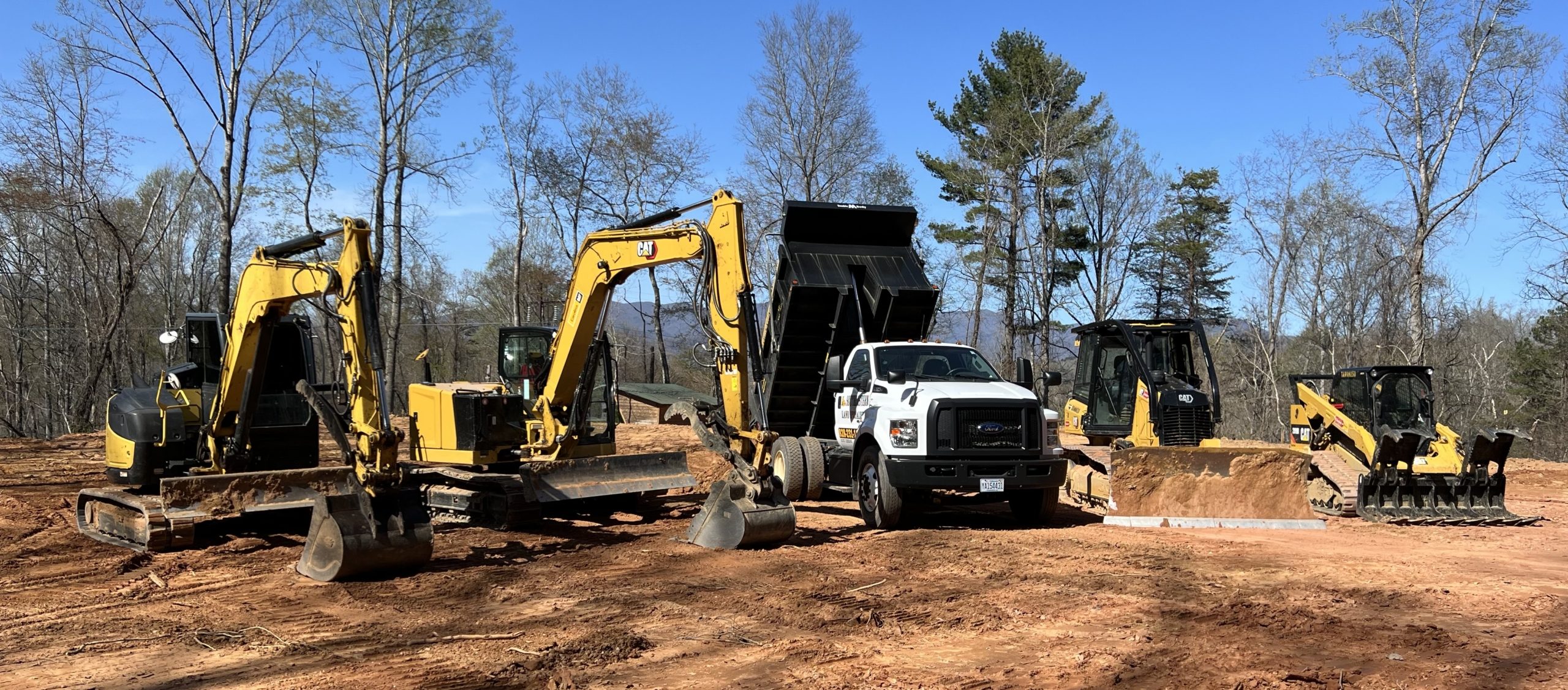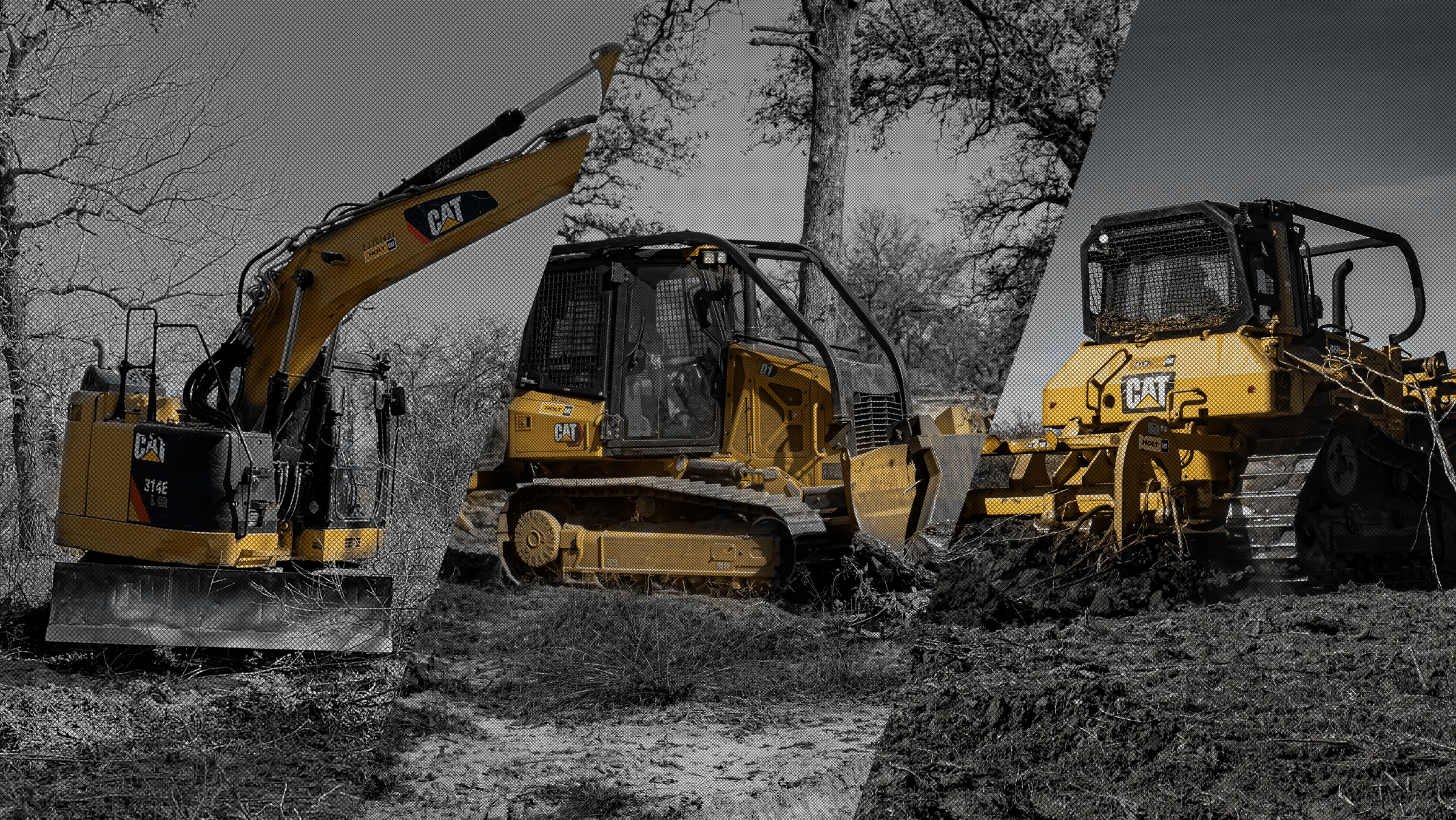Legendary Demolition Seattle: Setting the Criterion in Excellence
Legendary Demolition Seattle: Setting the Criterion in Excellence
Blog Article
Lasting Land Clearing Up Practices for a Greener Environment
In the realm of ecological preservation, the technique of lasting land clearing stands as an essential point of conversation. As we browse the delicate balance between development and preservation, the approaches employed in clearing up land hold substantial weight fit the future of our ecosystems. By adopting eco-friendly methods, prioritizing biodiversity preservation, and participating in area education, a path towards a greener atmosphere begins to emerge. The complex dancing between development and sustainability in land cleaning practices unveils a world of opportunities that bid for exploration and execution.
Relevance of Lasting Land Clearing
The relevance of applying lasting land clearing up methods lies in the preservation of ecological communities and the upkeep of environmental stability. When land is cleared unsustainably, it can result in irreparable damages to the atmosphere, bring about dirt erosion, loss of biodiversity, and disruption of natural habitats. By embracing sustainable practices such as discerning cleaning, reforestation, and erosion control procedures, we can reduce these unfavorable influences and ensure the lasting health of our ecological communities.

Furthermore, lasting land cleaning techniques promote liable land monitoring and sustain the incomes of local communities. By ensuring that land is gotten rid of in such a way that is eco-friendly and socially liable, we can produce an extra sustainable future for all.
Eco-Friendly Clearing Techniques

One more effective technique is using regulated burns. By very carefully executing and intending recommended burns, land supervisors can get rid of plant life in a regulated manner, decreasing the threat of wildfires and promoting the development of fire-adapted plant species. Regulated burns additionally assist recycle nutrients back into the soil, boosting brand-new growth and keeping ecosystem health.
Furthermore, making use of mechanical tools with low ground stress, such as tracked cars or specialized forestry mulchers, can decrease soil compaction and damage to underlying vegetation. These equipments are made to run with precision, selectively getting rid of unwanted plants while preserving the bordering environment. By incorporating these eco-friendly cleaning techniques, land clearing up procedures can sustain biodiversity, save natural deposits, and add to a greener, much more lasting future.
Biodiversity Preservation Techniques
Incorporating environmentally friendly land cleaning strategies not only minimizes environmental effect but additionally plays a crucial function in promoting biodiversity preservation methods. When clearing land, it is imperative to take into consideration the effect more info here on neighborhood plants and fauna. One efficient technique for biodiversity conservation throughout land clearing is the execution of selective clearing up techniques.

Lasting Machinery and Tools
To decrease ecological effect and enhance effectiveness in land cleaning practices, making use of sustainable machinery and devices is extremely important. Lasting equipment and tools refer to tools especially developed to minimize exhausts, minimize soil compaction, and reduced fuel usage throughout land cleaning activities. Applying innovations such as low-emission engines, hybrid systems, and precision equipment can substantially reduce the carbon footprint related to land clearing up operations.
One instance of lasting machinery is making use of mulchers or chippers that can refine plant life on-site, lowering the need for burning or carrying away debris - Demolition Contractor. Furthermore, utilizing equipment with general practitioner technology can help in specific preparation and implementation of land clearing up jobs, lessening unnecessary disruption to surrounding environments
Regular upkeep and appropriate equipment sizing are also essential parts of lasting land cleaning methods. Guaranteeing that machinery is well-kept not just lengthens its lifespan but additionally maximizes its performance, bring about much more eco pleasant and reliable land clearing operations. By focusing on using sustainable equipment and equipment, land cleaning tasks can be executed with very little effect on the setting, fostering a greener and even more lasting future.
Area Engagement and Education
Involving the local neighborhood click now and supplying instructional resources are vital components of advertising sustainable land clearing practices. Community interaction cultivates a feeling of common duty and ownership over land management decisions, bring about even more lasting outcomes. By including area members in the planning process, their knowledge and point of views can be integrated, causing services that are culturally sensitive and environmentally sound.
Educational sources play an essential function in equipping people with the understanding and skills required to adopt lasting land clearing up methods. Workshops, training sessions, and informational products can help area members recognize the value of biodiversity preservation, soil health, and water quality in the context of land clearing activities. By raising recognition about the possible ecological influences of inappropriate land clearing up techniques, educational efforts can drive behavior change and motivate the adoption of even more sustainable options.
Inevitably, community interaction and education produce a foundation for long-term ecological stewardship, guaranteeing that land cleaning activities are performed in a fashion that maintains ecosystems and promotes the health of both people and the earth.
Conclusion
Finally, lasting land cleaning techniques are crucial for promoting and protecting the environment biodiversity. By utilizing eco-friendly techniques, saving biodiversity, making use of sustainable equipment, and involving with areas, we can make sure that land clearing tasks have minimal adverse influence on the ecological community. It is essential that we prioritize lasting techniques to safeguard our atmosphere for future generations.
By incorporating these environment-friendly clearing methods, land clearing up procedures can support biodiversity, preserve natural resources, and add to a greener, extra sustainable future.
One efficient method for biodiversity conservation during land clearing is the implementation of careful clearing practices. By focusing on the usage of sustainable equipment and tools, land clearing tasks can be carried out with very little influence on the setting, cultivating a greener and more lasting future.
In conclusion, lasting land clearing techniques are vital for promoting and protecting the environment biodiversity. By making use of eco-friendly techniques, conserving biodiversity, using sustainable machinery, and engaging with neighborhoods, we can you can check here ensure that land cleaning tasks have marginal adverse influence on the environment.
Report this page